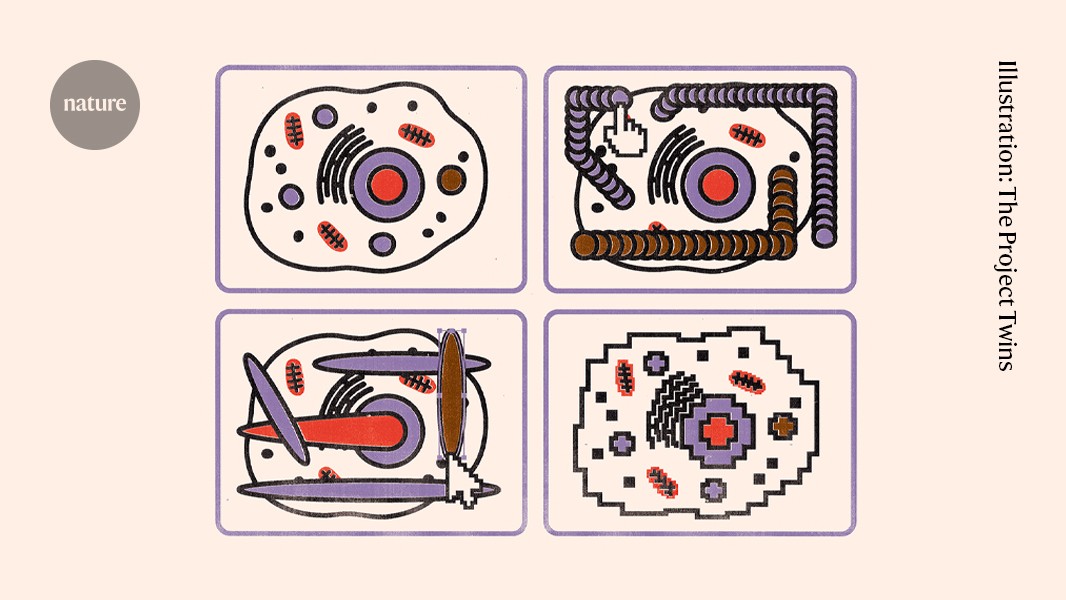
""When you start out, you think you're the one who's stupid. But after ten years in science, you realize, okay, now I'm an expert and I still don't understand some of these figures.""
""I just think it's sad if someone spends four years researching an amazing issue and publishes a paper and then has a figure that is not fully understandable; it will inevitably reduce the readership.""
"Whereas scientists receive extensive training on how to collect data, less work goes into teaching them how to showcase the information in publications, presentations and grant applications."
"Some journals and scientific societies are now developing guidelines to improve figure clarity and integrity, acknowledging the importance of accurately presenting scientific findings."
Helena Jambor, a biologist and visualization expert, highlights the broader issue of poor image presentation in scientific publications. After analyzing 580 biology papers, she found many figures lack essential features like labels and descriptive text. Despite rigorous training in data collection, scientists often struggle with effectively showcasing their findings. Jambor emphasizes the negative impact of unclear figures on reader engagement and stresses the need for better education on visual representation in science. Initiatives are underway to develop guidelines to enhance clarity and avoid misinterpretation of research results.
Read at Nature
Unable to calculate read time
Collection
[
|
...
]